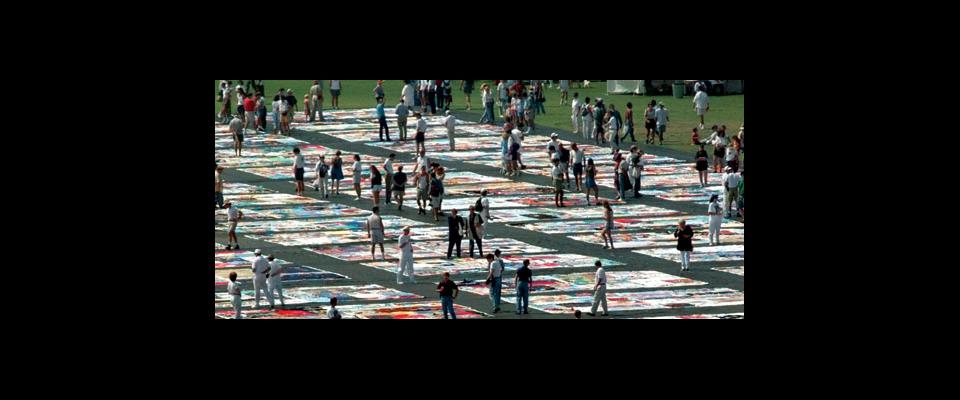In March 1981, Michael Gottlieb, a 33-year-old first-year assistant professor at UCLA Medical Center specializing in immunology, encountered five patients with eerily similar symptoms and backgrounds. All were gay men, and relatively healthy prior to developing mysterious fevers, unexplainable weight losses, and a rare lung infection called pneumocystis, a kind of pneumonia known to occur primarily in people with damaged immune systems. Using what was new technology at the time, Gottlieb and his colleagues found that each patient was missing critical blood-immunity components called T-cells.
On June 5 of that year, Gottlieb published details of these cases in the CDC’s Morbidity and Mortality Weekly Report. Within days, his phone was ringing nonstop, with doctors from all over the country reporting similar encounters with rare opportunistic infections in young gay men. They didn’t yet have a proper name for it, but Acquired Immunodeficiency Syndrome—a disease that would go on to kill more than 25 million people and counting—had been officially discovered.
The fact that AIDS was first identified by a California-based research institution shouldn’t be surprising. “We had three major medical centers— in San Francisco, Los Angeles, and San Diego—on the edge of gay communities like the Castro, West Hollywood, and Hillcrest. Each had staffs with gay employees,” recalls Dr. Thomas J. Coates, who pioneered research into the behavioral science of the disease at UCSF in the 1980s and is now a professor in residence at UCLA’s David Geffen School of Medicine. “These people were passionate about this issue.”
Just months after Gottlieb’s paper, UCSF cancer researcher Paul Volberding emerged on the front lines of the fight, establishing a center specifically to treat Kaposi’s sarcoma, a rare, disfiguring cancer that was a telltale symptom amid the burgeoning caseload of AIDS patients across the U.S. In 1983, Volberding co-founded the first program specifically set up to treat AIDS, operating out of San Francisco General Hospital.
Three years later, Coates established the Center for AIDS Prevention Studies, paving the way to understanding how the disease was being transmitted and how its march could be slowed. And in 1990, Volberding led a groundbreaking series of studies on AZT, an anti-viral drug that would provide the foundation of the so-called “AIDS cocktail” multi-drug therapy that transformed AIDS from a death sentence into a manageable chronic illness in the mid-1990s.
These days, Coates is spearheading efforts to establish leading-edge disease prevention and understanding in foreign hotspots. And not all of the efforts’ ideas involve science. In the Indian state of West Bengal, for example, Coates has teamed with David Gere, co-chairman of UCLA’s Department of World Arts and Cultures, on a unique project that will call on the resonant power of the region’s artists. An arts critic in San Francisco during the ’80s, Gere vividly recalls how messages conveyed through theater, dance, and other art forms helped overcome the many stigmas and misunderstandings that fueled the AIDS epidemic in the U.S., and he hopes for the same result on the subcontinent.
Armed with these big ideas—and ample federal funding—AIDS research centers at UCSF, UCLA, UCSD, and Stanford remain among the most robust in the country.
From the January February 2007 25 Brilliant California Ideas issue of California.




















